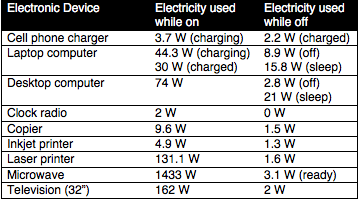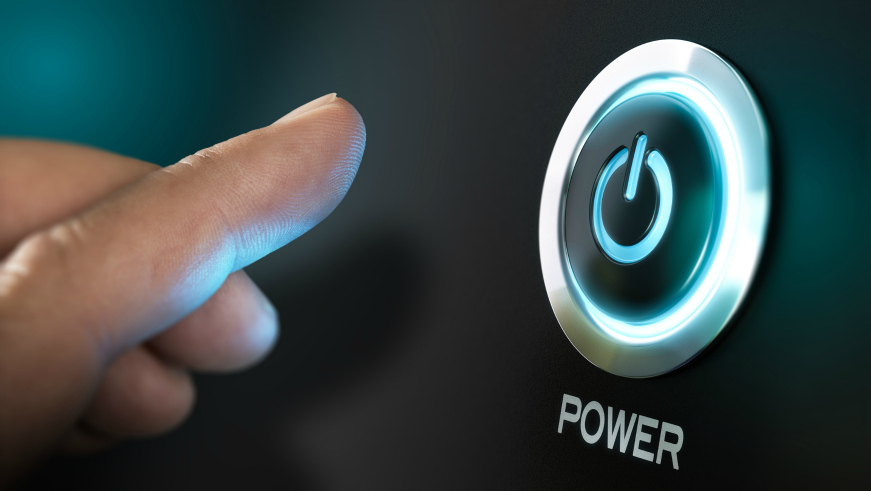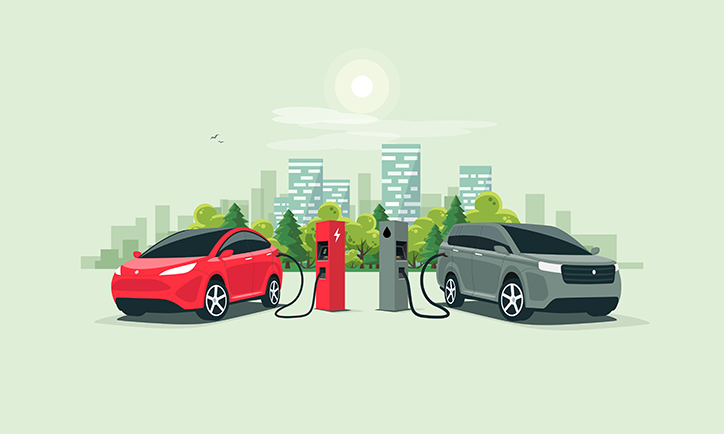One way to create an energy efficient home is by reducing your energy waste. Why pay for electricity that you don’t need? In this article, we’ll show you how to save electricity by eliminating energy vampires that drain your utility bill without giving you any benefits in return.
While not as dangerous as Dracula, energy vampires can leech unnecessary energy from your home and do damage to your electric bill. If you care about energy savings, this type of vampire should be as unwelcome in your home as any from a horror movie.
So what is an energy vampire? Also known as standby power, phantom load, or idle power, vampire draw happens when electronic devices drain small amounts of electricity from outlets even when they’re turned off or in standby mode. Leaving devices plugged in will slowly inflate your electric bill and may end up costing you a lot in standby power consumption.
Let’s take a look at the numbers. Using one watt constantly for a year will cost you $1.00 – $1.50, depending on your electricity rate. Considering that the average home has 25 electronic devices plugged in at all times, and many electronics draw more than a watt of vampire power, these numbers can add up quickly. The United States spends $10 billion annually in vampire draw, and that number is only expected to grow.
Take a look at how much vampire energy your household electronics are using:

See summary table for a more comprehensive list of common home electronics and their average energy usage.
When is standby power necessary?
In many cases standby power isn’t just an engineering fluke; it’s a necessary part of a device’s function and convenience. Your freezer and refrigerator need standby power to keep up constant temperature regulation. Your router can’t send out a network signal if it isn’t using electricity at all times, and your TV can’t pick up the remote signal if it doesn’t keep a remote sensor powered even when the screen is off. Anything with an internal clock or a continuous display screen needs a bit of standby power to keep it running as well.
That said, let’s look at some ways you can cut back on energy waste in the cases where standby power consumption isn’t necessary:
1. Unplug electronics that aren’t frequently used.
You don’t use all of your electricity-powered devices on a daily or even weekly basis. If you have electronics or appliances that get used only occasionally (or not at all), make sure they aren’t plugged in and contributing to unnecessary electric consumption. Pay special attention to large devices like the dusty TV in your guest room, the rarely used video game console, or that old desktop computer that got replaced with a laptop long ago.
2. Use power strips and surge protectors.
It’s impractical to unplug each individual device after you use it, but if multiple devices are plugged into one power strip, you can turn the whole set off with the flip of a switch. You can get power strips equipped with energy-saving technology for a little extra money: motion sensors and programmable timers allow you to draw electricity only when the appliances are needed. You can also get “smart” surge protectors where one outlet functions as the “control” and the other outlets only draw power when the control outlet is turned on. This technology is useful for home entertainment systems and home offices. If you plug your computer or TV into the control outlet, associated devices (like speakers, printers, video game consoles, Blu-ray players, etc.) plugged into the remaining outlets will only draw power when the control device is being used.
3. Buy ENERGY STAR products.
While it’s not worth it to go out and replace all your appliances, keep vampire draw in mind when it comes time to buy new ones. Remember that older models tend to use more vampire energy, and if you want a guaranteed reduction in energy waste, look for ENERGY STAR labels that indicate federally certified energy efficiency.
4. Measure electricity use with a wattmeter.
If you’re not sure which of your electronics and appliances might be energy vampires, go ahead and measure their standby power consumption with a wattmeter. Once you know how wasteful your electricity-powered devices are, you can zero in on the worst culprits of vampire power draw to replace, remove, or reconfigure.
5. Make sure to remove chargers from outlets when your electronics are done charging.
It’s easy to leave fully charged laptops and cell phones plugged in, and it’s even easier to leave the dangling chargers in the wall even after you’ve removed the device. Chargers like these with AC adapters (sometimes called wall warts because of the chunky box attached to the cord) are not very efficient when it comes to energy waste and will draw a significant amount of vampire power even when not being used to charge things.
Where to Find Them
Your home is full of potential vampire appliances and vampire electronics, and it may be overwhelming to take stock of every plug, cord, and outlet in your house. To help you out, we’ve compiled a list of electronics that you may want to investigate in your quest to slay your energy vampires:
In the Kitchen:
- Microwaves (Fun fact: Over the course of its lifetime, your microwave will actually use more electricity on vampire draw than on cooking your food.)
- Toaster ovens
- Coffee makers
- Any appliance with a digital clock
In the Living Room:
- Television
- Cable box
- Video game consoles
- Stereos
- DVD or Blu-ray players
In the Bedroom:
- Alarm clocks
- Cell phone chargers
- Laptop chargers
- Space heaters or AC units
- Televisions
- Video game consoles
In the Bathroom:
- Hair dryers
- Straighteners and curling irons
- Electric razors
- Electric toothbrush chargers
In the Office:
- Desktop computers
- Laptop chargers
- Printers
- Copy machines
In the Garage:
- Power tools (electric screwdrivers, drills, etc.)
While this might seem like a lot of effort to put into saving a relatively small amount of energy, keep in mind that the little things add up quickly when it comes to your electric bill. Most of these energy vampire-defeating measures involve small lifestyle changes that can easily become part of your daily routine.



